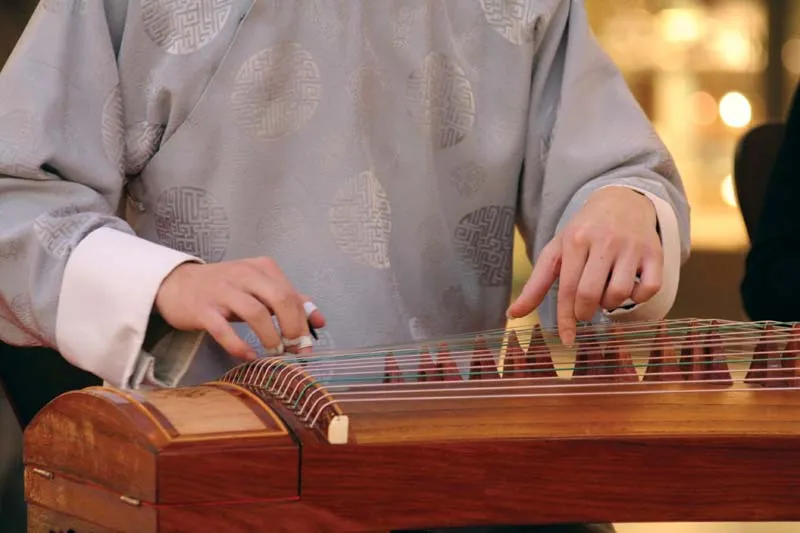
Demystifying the Resonance: Understanding the Difference Between Arabic String Instruments
Arabic music is a melodious fusion of beautiful influences from diverse cultures and generations. At the heart of this rich musical landscape, string instruments play an integral role, contributing unique sounds that are deeply woven into the texture of Arabic music. Understanding the differences between these instruments not only deepens our appreciation of Arabic music but also enhances our cultural literacy. This article will delve into the distinctive qualities of the Oud, Qanun, Rabab, and Buzuq, four prominent Arabic string instruments.
First on our list is the Oud, considered the king of Arabic music instruments and a precursor to the Western lute. Estimated to be over 5,000 years old, the Oud is distinguished by its pear-shaped body, short neck, and eleven, sometimes thirteen, strings. Unlike in Western string instruments, there are no frets on the Oud’s neck. This design freedom allows musicians to subtly adjust the pitch, key to maqams, the structure that forms the basis of Arabic music.
Propelled by a distinctive, full-bodied tone, the Oud is versatile and can create a wide range of emotions in listeners. From sombre, introspective melodies to joyful expressions, this instrument brings profound depth and complexity to Arabic compositions.
Second in line is the Qanun, renowned for its mesmerising resonance and intricate design. Resembling a trapezoid-shaped, horizontal harp, the Qanun typically has 26 courses of strings, each with three strings. Played by plucking the strings with two plectrums or the fingernails, it offers a broad range of three octaves.
The Qanun is famed for its bright, clear sound. Often leading the orchestra, this instrument is vital in playing taqasim—a melodic improvisation form—and is unmatched in creating a vast and fluid array of sounds. The Qanun is truly a testament to the complexities and profundities of Arabic music.
Next, we explore the captivating, simplistic beauty of the Rabab. Known to be one of the oldest string instruments, the Rabab often features a body made from a single piece of wood, typically a coconut shell, with a membrane of stretched skin and one or two strings. Played with a bow, it produces a sound often likened to a wailing human voice.
The Rabab’s raw, emotive, and poignant sounds embody the soul of traditional folk and classical Arabic music. It adds a layer of authenticity and rustic charm that takes the listener on an auditory journey into the heartlands of Arabia.
Finally, we touch on the enigmatic Buzuq. Similar to the Oud in shape but longer in neck, the Buzuq usually has two courses of strings, with 12 to 24 metallic strings. Its unique feature is its adjustable frets, unlike the Oud’s fretless design, allowing musicians to temper the pitches according to different maqams.
The Buzuq is not typically part of the formal Arabic music ensemble but is rather a crucial element of Arabic folk music. Its vibrant, twangy sound inspires and adds depth to Arabic musical narratives.
In conclusion, each of these Arabic string instruments—Oud, Qanun, Rabab, Buzuq—has a distinctive personality and role within the Arabic music ensemble. Their varying designs intricately shape their resonance, encapsulating the very essence of the dynamic Arabic musical language. As we journey through the world of Arabic music, each strum, pluck, and bow draws us closer to not only appreciating the beauty of Arabic music but also understanding its culturally rich roots and influences.



